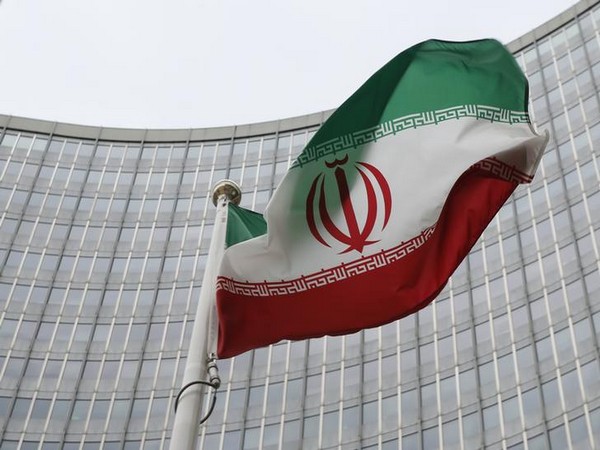Iran undoes slowdown in enrichment of uranium to near weapons-grade -IAEA
By the IAEA's theoretical definition, around 42 kg of uranium enriched to 60% is the amount at which making a nuclear bomb with it cannot be excluded. IAEA inspectors first observed a change in production at Fordow on Nov. 25, after which Iran said the change was made on Nov. 22, and that the rate of production was returning to the pre-slowdown level there, the report said.

Iran has reversed a months-long slowdown in the rate at which it is enriching uranium to up to 60% purity, close to weapons grade, the U.N. nuclear watchdog said on Tuesday. Many diplomats believed the slowdown, which had begun by June, was the result of secret talks between the United States and Iran that led to the release of U.S. citizens held in Iran earlier this year.
Iran already has enough uranium enriched to up to 60%, if enriched further, to make three nuclear bombs, according to the International Atomic Energy Agency's theoretical definition, and more at lower enrichment levels. Iran denies seeking nuclear weapons. Iran has "increased its production of highly enriched uranium, reversing a previous output reduction from mid-2023", the IAEA said in a statement summarising a confidential report to member states seen by Reuters that was sent minutes earlier.
Iran is enriching to up to 60%, close to the roughly 90% that is weapons grade, at its Pilot Fuel Enrichment Plant (PFEP) in its sprawling Natanz complex and at its Fordow Fuel Enrichment Plant (FFEP), which is dug into a mountain. Since the slowdown, those plants had been enriching uranium to up to 60% at a rate of about 3 kg a month, the IAEA said.
"The Agency confirms that, since the end of November 2023, the rate at which Iran has been producing uranium enriched up to 60% U-235 at these two facilities combined has increased to approximately 9 kg per month," the report to member states said. By the IAEA's theoretical definition, around 42 kg of uranium enriched to 60% is the amount at which making a nuclear bomb with it cannot be excluded.
IAEA inspectors first observed a change in production at Fordow on Nov. 25, after which Iran said the change was made on Nov. 22, and that the rate of production was returning to the pre-slowdown level there, the report said. Inspectors observed an increase in the production rate at Natanz on Nov. 27, it added. The IAEA then verified the amount being produced at Natanz on Dec. 19 and Fordow on Dec. 24, it said. The IAEA did not formally notify its member states of the reversal of the slowdown until Tuesday's report.
(This story has not been edited by Devdiscourse staff and is auto-generated from a syndicated feed.)
ALSO READ
Pakistan's $4 Billion Arms Deal with Libya Amid U.N. Embargo
New Govt Strategy Targets Organised Crime With Stronger Cross-Agency Response
U.N. Faces Financial Peril Over 'Bizarre' Dues Rule
U.N. Personnel's Detention: A Humanitarian Impasse in Yemen
Govt to develop car pooling app to encourage Delhiites; govt hiring a third-party agency to collect data on potholes: Delhi minister Sirsa.










